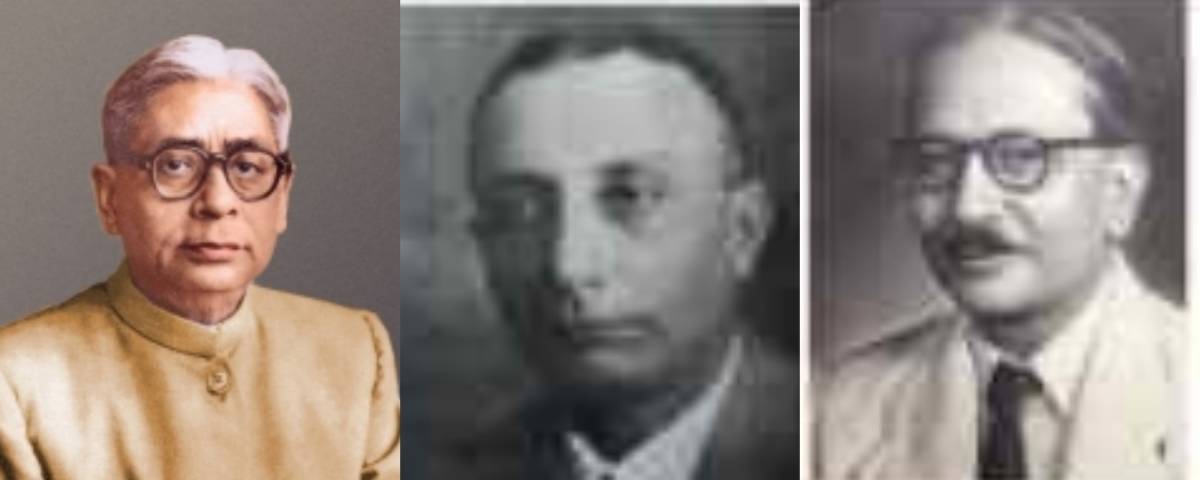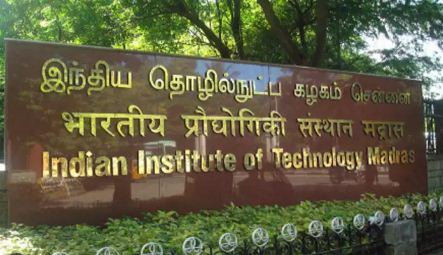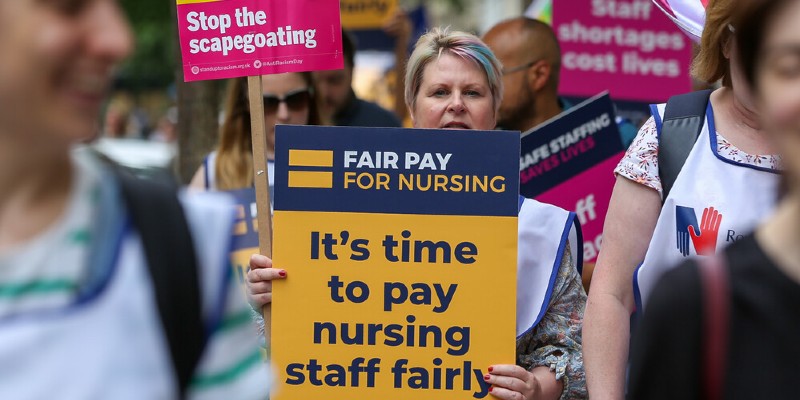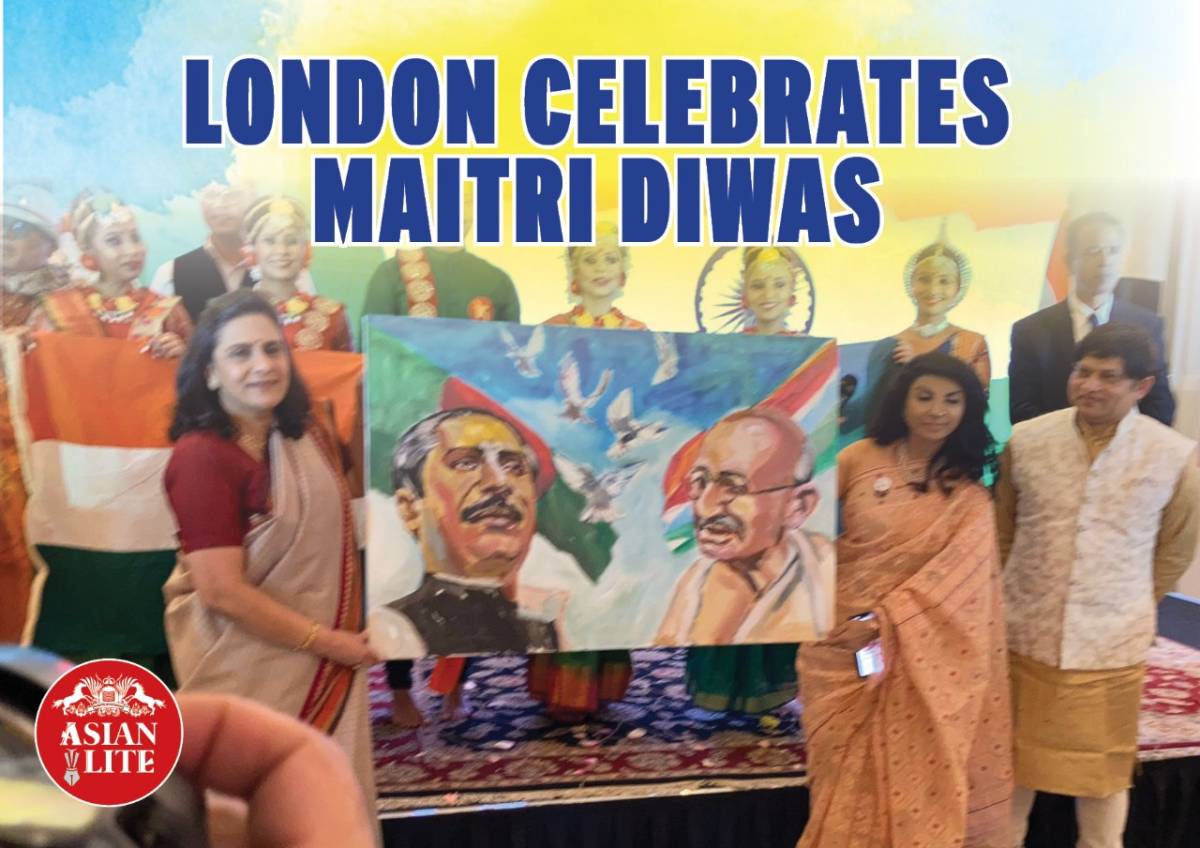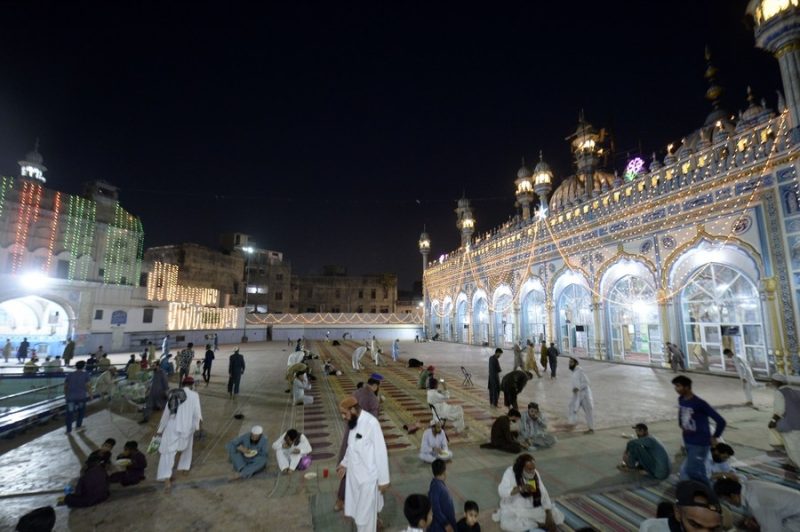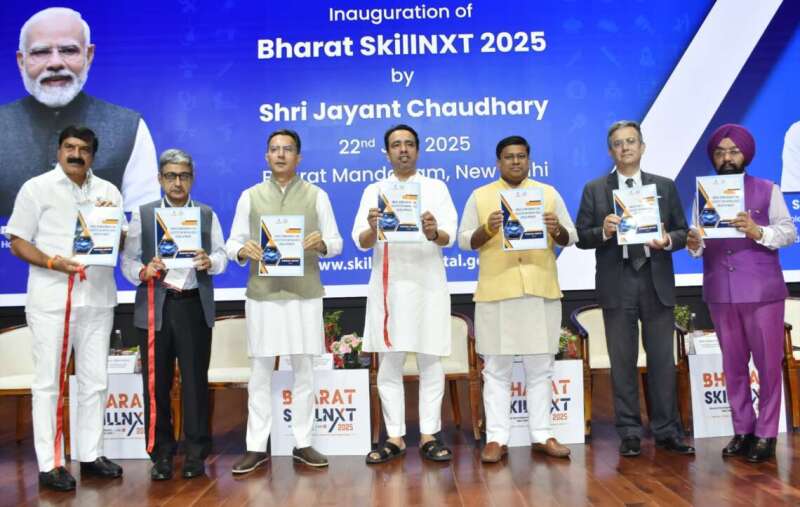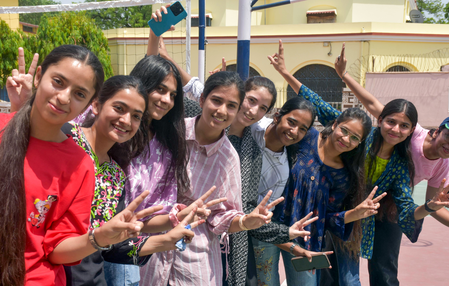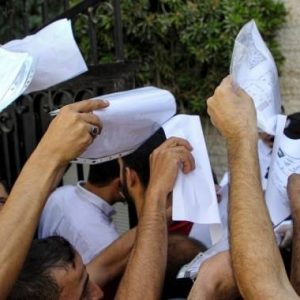In May 1950, Ghosh opened the first IIT in a building at Esplanade East in Kolkata; by September 1950, however, the scene had shifted to the Hijli Detention Camp…reports Sourish Bhattacharyya.
Even as the Second World War was coming to an end, a motley group of people laid the foundation of the enduring edifice of India’s scientific and technological soft power — the IIT system.
It included three men who successively served as members of the Viceroy’s Executive Council — Nalini Ranjan Sarkar, an acolyte of Deshbandhu Chittaranjan Das and 1933 FICCI President; ICS officer-turned-Tata Steel executive Ardeshir Dalal, who’s better known for his staunch opposition to the Partition of India; and Sir Jogendra Singh, an editor, author and former prime minister of Patiala who introduced mechanised farming in Punjab.

An author of the Bombay Plan, the 1944-45 vision document for India’s economic development drafted by industrialists J.R.D. Tata, G.D. Birla and Sir Purshottamdas Thakurdas, Sir Ardeshir, as Member for Planning and Development of the Viceroy’s Executive Council, persuaded the U.S. government to offer doctoral fellowship to Indian scientists so that they come back qualified enough to lead the newly established Council for Scientific and Industrial Research (CSIR).
Sir Ardeshir, however, soon realised that this arrangement with the U.S. government could only be a short-term solution and that the emerging new India needed institutions that would become nurseries for qualified scientific and technical manpower.
Sir Jogendra, who succeeded Sarkar as the Member for Health, Lands and Education (an odd mix, but that was how it was!) after the Bengali politician quit in the wake of Mahatma Gandhi’s imprisonment in 1942, took the next big step in 1946. He constituted a 22-member committee, headed by Sarkar, to prepare the blueprint for the establishment of ‘Higher Technical Institutions’ to drive post-war industrial development in India.
Two years before the committee started its deliberations, the 1922 Nobel Prize-winning English physiologist and biophysicist, Professor A.V. Hill, who was then the Secretary of the Royal Society, travelled across India from November 1943 to March 1944, on the invitation of the Secretary of State for India, to study the progress of scientific and industrial research. The immediate need for the exercise was to give a direction to the CSIR.
In his pithy report titled ‘Scientific Research in India’, Prof. Hill, among other things, mentioned the Massachusetts Institute of Technology (MIT), USA, as an example of excellence in teaching and research work, and stressed the need for “one or two technical institutes of the highest possible standing” to supply “first-class technical brains, trained in an atmosphere both of original research and of practical experience”.
Unsurprisingly, the Sarkar Committee recommended that institutes of higher technical education, modelled after the MIT, be set up around the country. Coincidentally, the three key people responsible for ensuring that the first IIT was launched in West Bengal were all Bengalis — Sarkar, after whom the main road of the IIT-Kharagpur campus is named; Education Secretary Humayun Kabir; and Sir J.C. Ghosh, the then director of the Indian Institute of Science (IISc), Bangalore, who eventually became the first director of the first IIT.
Ghosh prepared the blueprint for the IIT with the help of two bureaucrats posted at the Education Ministry — L.S. Chandrakant and Biman Sen. The argument they gave for the first IIT to be set up in West Bengal was that the state then had the highest concentration of engineering students.
Kabir convinced Dr Bidhan Chandra Roy, West Bengal’s first Chief Minister, to find an appropriate location for the first IIT in his state. Roy settled for the Hijli Detention Camp at Kharagpur in the then Midnapore district, where a number of Bengali freedom fighters had been imprisoned during the struggle for independence.
It became the site for the first IIT, whose alumni, befittingly, include such diverse people as Delhi Chief Minister Arvind Kejriwal, Rono Bose, CEO, IndiGo Airlines, and Kiran Seth, founder of Spic-Macay, an organisation dedicated to the promotion of Indian classical music and dance among students.
For Dr Roy and Sarkar (who, incidentally, was one of the five pillars of the Congress in West Bengal), setting up the first IIT at the Hijli Detention Camp was the best possible tribute to the freedom fighters who were incarcerated there.
It also had the locational advantage of being close to the Kharagpur railway workshop, the Fuel Research Institute in Dhanbad and the Chittaranjan Locomotive Works — all potential training grounds for IIT students.

In May 1950, Ghosh opened the first IIT in a building at Esplanade East in Kolkata; by September 1950, however, the scene had shifted to the Hijli Detention Camp.
The IIT was formally inaugurated on August 18, 1951, by the country’s first Education Minister, Maulana Abul Kalam Azad, who, incidentally, spent his formative years in Kolkata. It was he who coined the name Indian Institute of Technology, inspired of course by MIT.
On September 15, 1956, Parliament adopted the Indian Institute of Technology (Kharagpur) Act, declaring it to be an ‘Institute of National Importance. And it is said that Ghosh was responsible for its liberal provision, which, till date, have ensured that the IITs remain insulated from any attempt to politicise them or impede their autonomy.
ALSO READ-Religious leaders, musicians, chess players too pass out of IITs


